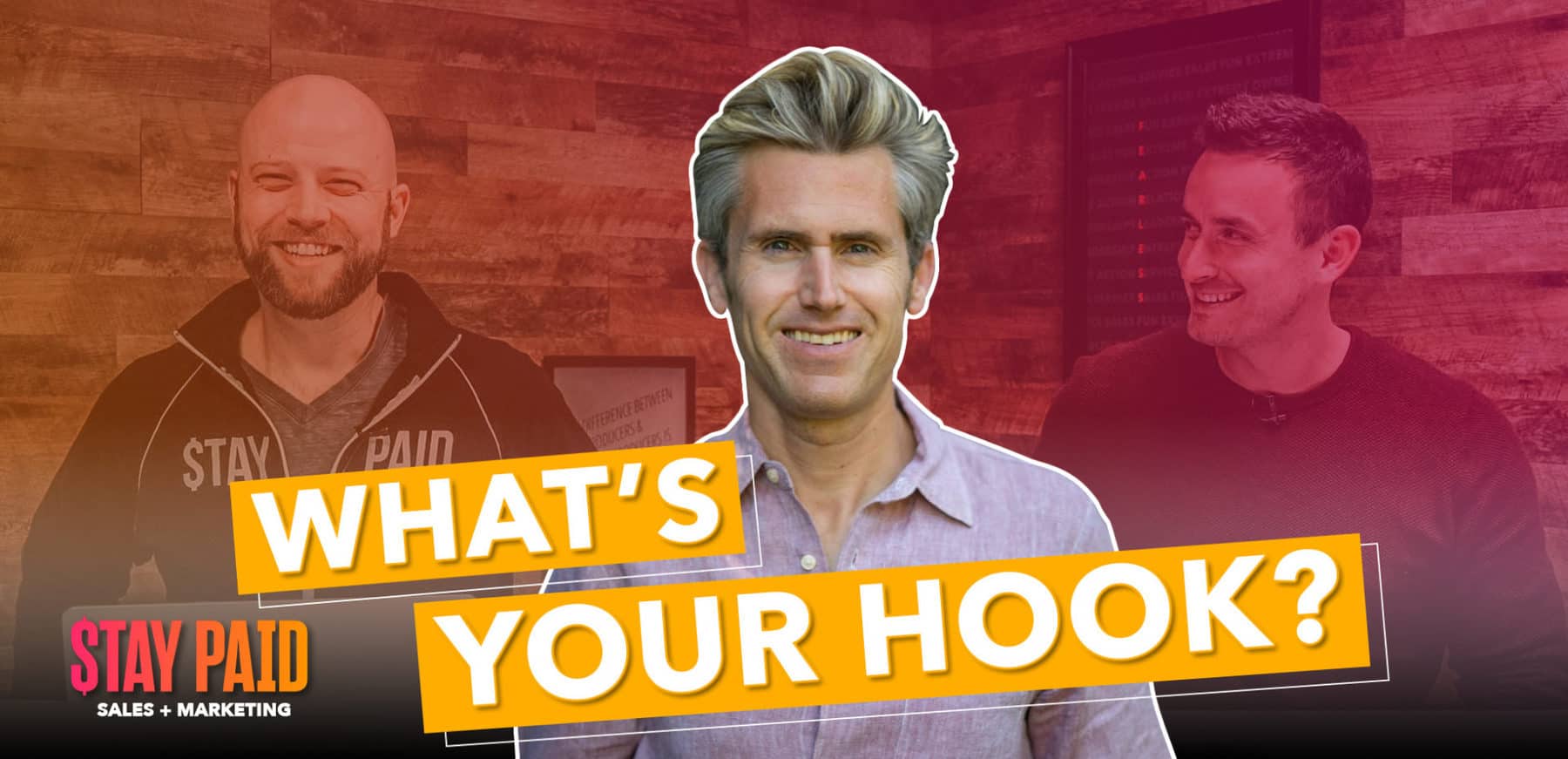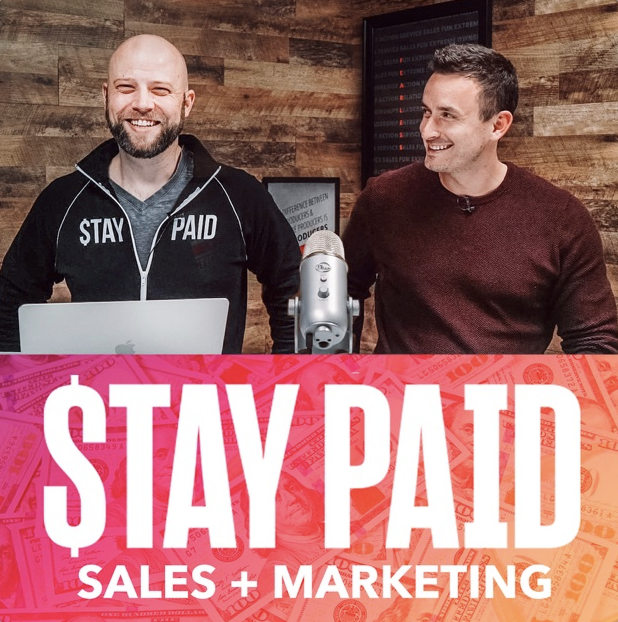How to Write a Hook That Stands Out in a 3-Second World
Back in 2015, Microsoft conducted a study about the shrinking attention span of humans. They surveyed 2,000 people and conducted brain scans of 112 others using electroencephalograms (EEGs). Their conclusion was that from the beginning of the mobile revolution in 2000, our attention span dropped from 12 seconds to eight.[1]
Goldfish have an attention span of nine seconds.
There are those that dispute the study and its findings, but whether we or the goldfish can pay better attention to what’s in front of us isn’t really the point.
Understand the real problem
For content writers, copywriters, advertisers, and authors of all sorts, the important point is we (humans, that is) can attend to anything we want, for as long as we want, as long as we find it interesting. That’s why you hear time and again that you must provide high-quality content if you want to engage your audience.
But there’s a problem, and it’s one that Brendan Kane addresses in his book, Hook Point: How to Stand Out in a 3-Second World.
For Brendan, focusing on content and trying to get someone to buy whatever it is your selling—regardless of whether it’s a product, service, or idea—is like putting the proverbial horse before the cart. First, he says, you need to learn how to interrupt whatever your audience is doing and make them stop.
That’s the job of the hook.
Brendan shares his insight and offers more helpful advice in his book about creating hooks than could ever be presented in a short blog. But if you listen to this week’s episode of Stay Paid, you’ll understand more about the problem of getting and keeping attention as well as his approach to its solution.
For now, try these four quick tips to create a hook as you write headlines and email subject lines.
Use the four U’s
Make it urgent. Make your content something your audience needs to read, know, or do now, today, right away, immediately, before it’s too late.
Make it useful. Make clear the value your audience will get from your content.
Make it ultra-specific. Don’t. Be. Vague.
Make it unique. Indicate what makes your content different from everything else like it.
Crafting a headline or an email subject line that hits all four tips is difficult, but not impossible. Write many versions of your headline/subject line, and, when you think you’re done, write three more. If you can come up with two or three options that satisfies three of the four tips, you’re doing very well.
Notice what makes you stop
This approach can be fun. When you find something that catches your eye, makes you stop scrolling through your Facebook news feed, or otherwise causes you to take a second look, find out what appealed to you.
Keep a written list of what made you stop. You might develop a list of “power words.” It’s possible you’ll come across figures of speech you could adapt. Maybe you’ll find an image or video whose “hook-ish” detail was a color, or sound, or some combination of elements.
A final word
Writing effective hooks takes practice, patience, a degree of creativity, and knowing your audience’s pain points. However, don’t feel as if you need to reinvent the wheel every time you draft an email.
Brendan’s book is a helpful resource from one of the best hook writers ever, and his advice will help you craft your own. But you can also search the internet and find templates for writing effective headlines and subject lines you can use to write your own.
Key Points
- There are two core elements to success in social media: getting people to stop and getting them to stay.
- Don’t overwhelm yourself or your audience with testing multiple variations of your content. Test in incremental ways, analyze the results, form a hypothesis, and then make your changes. The audience will tell you what’s working.
- There is an important difference between knowing what people want and knowing what they need.
- The moment you can articulate someone’s pain point better than they can, you’ve won them over.
Action Item
- Take the time to think and do some research to discover your ideal audience’s pain points.
- Complete the magazine cover exercise described by Brendan.
Connect | Resources
- You can get a copy of Brendan’s book and a free 1½ hour master class by visiting https://book.hookpoint.com/.
- You can connect with Brendan at BKane@BrendanJKane.com.
- You can message Brendan on Instagram using @BrendanKane.
[1] Kevin McSpadden, You Now Have a Shorter Attention Span Than a Goldfish, Time, May 14, 2015, https://time.com/3858309/attention-spans-goldfish/.



















 Soundcloud
Soundcloud iHeart Radio
iHeart Radio Spotify
Spotify Spotify
Spotify


